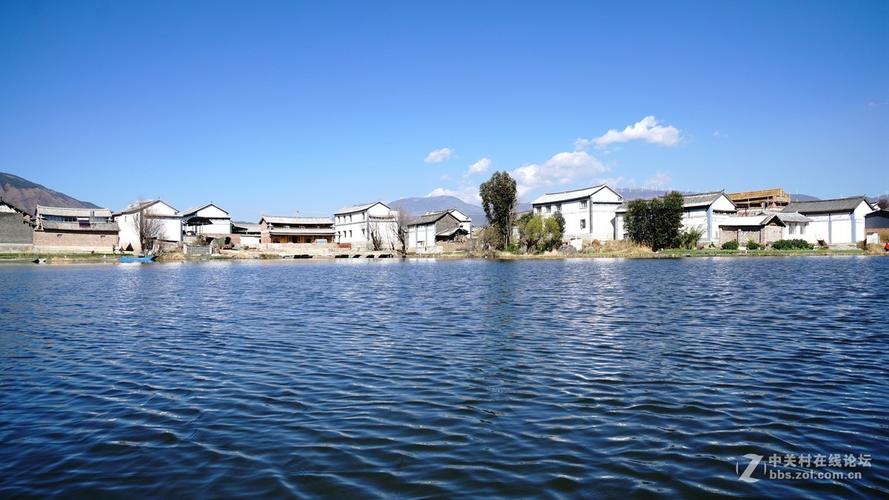Understanding the Different Moon Phases: A Comprehensive Guide
Humans have been fascinated by the moon since ancient times. The moon affects everything from our oceans’ tides to our emotions. While the moon may look the same each night to the untrained eye, it actually passes through several distinct phases that change each night. Understanding the different moon phases is crucial to understanding the natural world and could even help you prepare for future events such as eclipses.
The Lunar Cycle: Breaking it Down
The moon completes one cycle around the Earth every 29.5 days. During this time, it passes through eight different phases. These phases arise from the angle at which the sun illuminates the moon’s surface, and these angles create different shapes in the sky.
New Moon Phase
The new moon phase is the first phase of the lunar cycle. During this phase, the moon is located between the sun and Earth. As the sun’s rays shine upon the opposite side of the moon, we aren’t able to see it in any way.
Waxing Crescent Moon Phase
As the moon begins to move out from the direct shadow of the sun, it enters the waxing crescent moon phase. This phase typically lasts until the moon is about half-lit.
First Quarter Moon Phase
The first quarter moon phase is when the moon is one-quarter of the way through its cycle. This phase is characterized by a half-moon shape with the right side of the moon illuminated.
Waxing Gibbous Moon Phase
As the moon moves closer to being fully illuminated, it enters the waxing gibbous moon phase. During this time, the moon appears almost completely lit, with only a small dark sliver remaining.
Full Moon Phase
The full moon is perhaps the most well-known phase of the lunar cycle. During this phase, the sun and moon are located on opposite sides of the Earth, which causes the moon to appear fully illuminated.
Waning Gibbous Moon Phase
As the moon begins to move away from the full moon phase, it enters the waning gibbous moon phase. The illuminated portion of the moon begins to shrink, and a small dark sliver now appears on the left side of the moon.
Last Quarter Moon Phase
The last quarter moon phase is when the moon is three-quarters of the way through its cycle. During this phase, the left side of the moon is illuminated, while the right side is dark.
Waning Crescent Moon Phase
The final phase of the lunar cycle is the waning crescent moon phase. During this phase, only a small sliver of the moon appears illuminated as it moves closer to the new moon phase.
Why Understanding Moon Phases Matters
While it may seem like simply a matter of aesthetics, understanding moon phases is incredibly important in a variety of fields. Farmers may use the moon’s phases to determine when to plant crops or harvest them, fishermen may use the moon to track the behavior of fish and tides, and astronomers use the moon to predict eclipses. Additionally, the moon has a significant impact on the Earth’s climate, as well as animal behavior.
Conclusion: The Power of the Moon
The moon is an essential part of our lives, whether we realize it or not. Understanding the different phases helps us to better connect with the natural world and can even help us prepare for future astronomical events. By studying the moon’s various phases, we can unlock untold secrets about our planet’s climate, behavior of animals, and many other types of weather phenomena. So the next time you gaze up at the night sky, take a moment to consider the wonders of the moon and the power it holds.
(Note: Do you have knowledge or insights to share? Unlock new opportunities and expand your reach by joining our authors team. Click Registration to join us and share your expertise with our readers.)
Speech tips:
Please note that any statements involving politics will not be approved.
